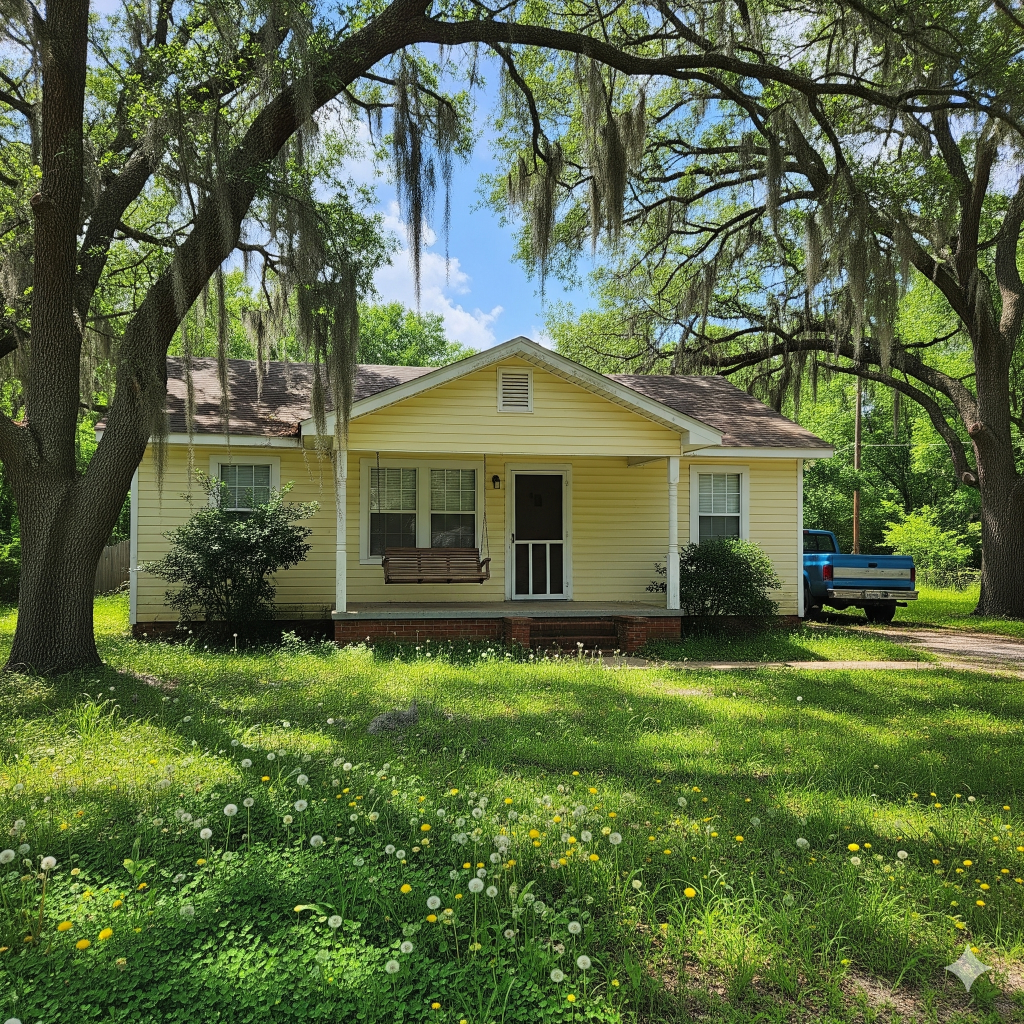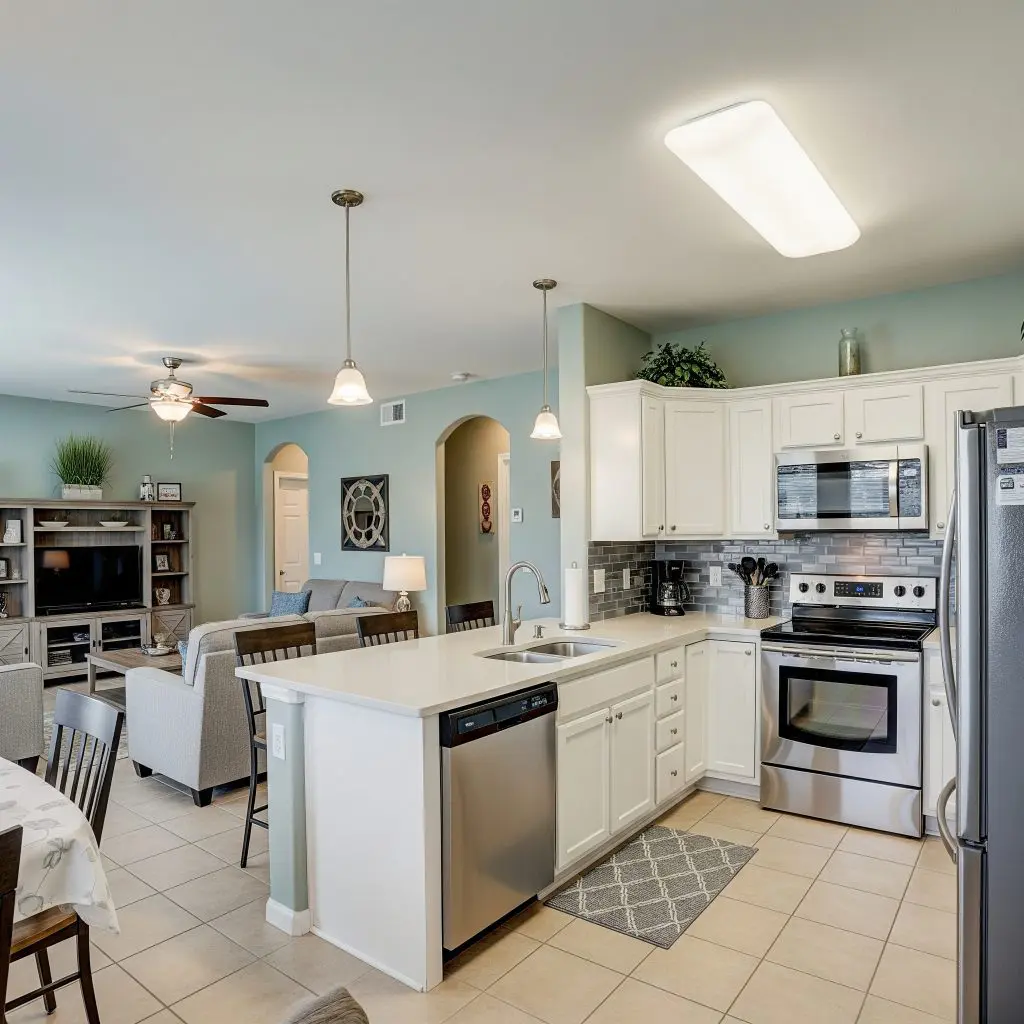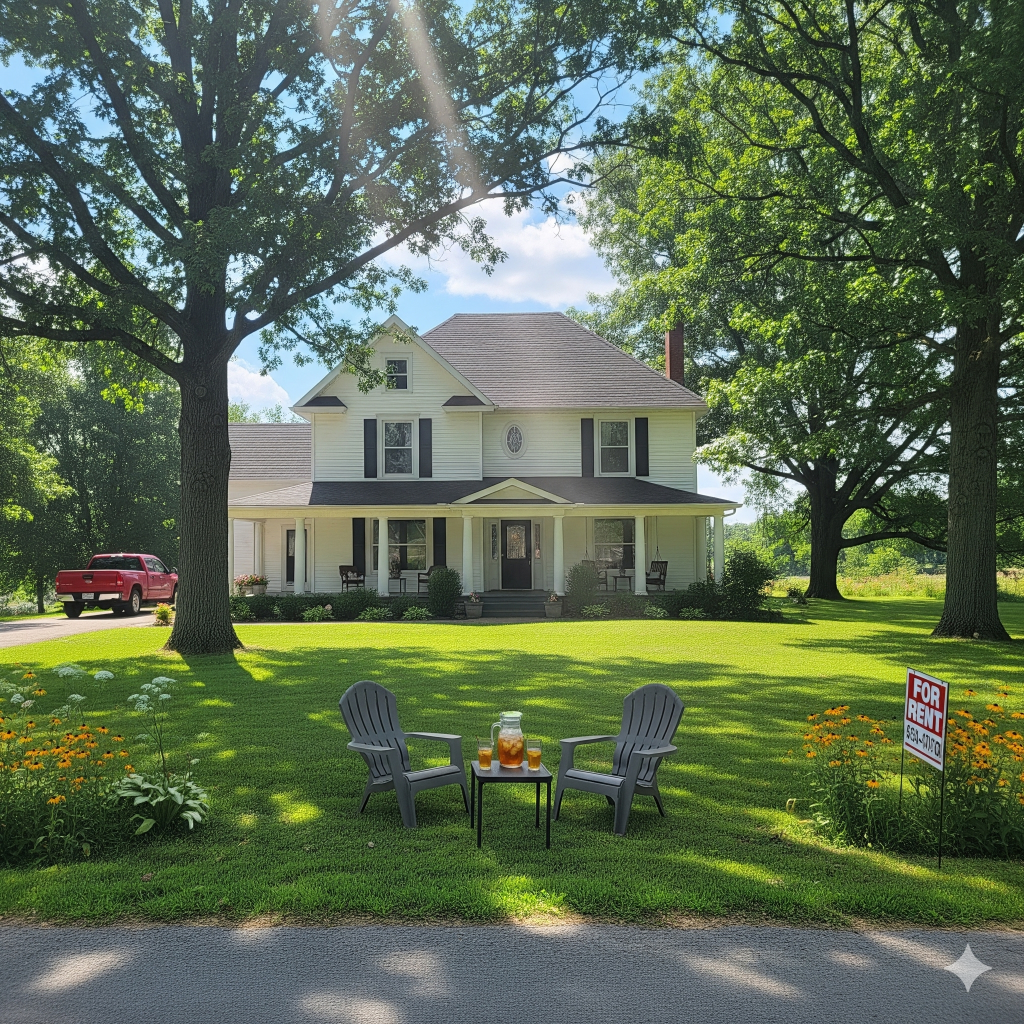Commercial Real Estate Loans in Ohio: Complete 2025 Guide for Investors
2025 brings fresh opportunities—and fierce competition—to the Ohio commercial real estate (CRE) market. Whether investing in Columbus’s Short North district, expanding in Cincinnati’s Over-the-Rhine, or developing assets in Cleveland’s Flats, understanding Ohio’s loan landscape is vital for successful deals. This comprehensive guide will walk you through commercial multifamily financing in Ohio for 2025, local market insights, top lenders, application steps, and success stories.
- Commercial Real Estate Loans in Ohio: Complete 2025 Guide for Investors
- 2025 Ohio CRE Market Overview
- Ohio’s Key Commercial Districts (2025)
- Ohio Multifamily Financing in 2025
- Top Multifamily Commercial Lenders in Ohio (2025)
- How to Apply: Step-by-Step Ohio Multifamily Loan Process (2025)
- 2025 Success Stories: Ohio Multifamily Loans
- Why Choose Ohio for Multifamily Investing?
- Expert Tips for Multifamily Loan Success in Ohio (2025)
- Conclusion: Secure Your Ohio CRE Loan in 2025
2025 Ohio CRE Market Overview
Ohio’s commercial property scene continues to flourish, driven by economic revitalization and strong population growth in its metros. High demand for urban living and business expansion is fueling multifamily investments, retail, industrial, and mixed-use assets. With average cap rates between 6.0% and 7.1% statewide and robust local economies, Ohio remains highly attractive for seasoned investors and new entrants alike.

- Rising Rents: Multifamily and mixed-use assets lead the appreciation, especially in Columbus and Cincinnati.
- Major Employers Expanding: Google’s New Albany data center and Amazon’s fulfillment centers boost CRE demand.
- Downtown Revivals: Cleveland and Dayton districts offer new opportunities for adaptive reuse and ground-up construction.
Ohio’s Key Commercial Districts (2025)
Each Ohio region offers diverse opportunities and financing needs. Top districts for multifamily and commercial investment include:
Need capital? GHC Funding offers flexible funding solutions to support your business growth or real estate projects. Discover fast, reliable financing options today!
Test Your Expertise: The Complexities of the 1031 Exchange

As a sophisticated real estate investor, you understand that the 1031 Exchange is a cornerstone strategy for tax deferral and wealth accumulation. But beyond the basics, the intricacies of the 1031 Exchange rules can pose significant challenges. This quiz is designed to test your in-depth knowledge and highlight critical nuances that separate casual investors from true experts in 1031 Exchange transactions.
Instructions: Choose the best answer for each question.
⚡ Key Flexible Funding Options
GHC Funding everages financing types that prioritize asset value and cash flow over lengthy financial history checks:
-
Bridge Loans: These are short-term loans used to "bridge the gap" between an immediate need for capital and securing permanent financing (like a traditional loan or sale). They are known for fast closing and are often asset-collateralized, making them ideal for time-sensitive real estate acquisitions or value-add projects.
-
DSCR Loans (Debt Service Coverage Ratio): Primarily for real estate investors, these loans are underwritten based on the property's rental income vs. debt obligation ($\text{DSCR} = \text{Net Operating Income} / \text{Total Debt Service}$), not the borrower's personal income or tax returns. This offers flexibility for those with complex finances.
-
SBA Loans: The Small Business Administration (SBA) guarantees loans offered by partner lenders. While providing excellent terms (long repayment, lower rates), the application process is typically slower than private/bridge funding, often making them less suitable for immediate needs. SBA eligibility heavily relies on the DSCR metric for repayment assessment.
🌐 Learn More
For details on GHC Funding's specific products and to start an application, please visit their homepage:
The Ultimate DSCR Loan for Rental Property Quiz

Are you looking to expand your real estate investment portfolio? A DSCR loan might be the perfect tool to help you achieve your goals without relying on traditional income documentation. Test your knowledge with this quiz to see if you're ready to master the intricacies of a DSCR loan for rental property.
- Short North (Columbus): Trendy, arts-focused, and dense, popular for Class A multifamily developments.
- Over-the-Rhine (Cincinnati): Historic revitalization area attracting boutique apartments and mixed-use retail.
- The Flats (Cleveland): Riverfront development zone known for new apartments, offices, and entertainment venues.
- Downtown Dayton: Increasing demand for workforce housing and Class B/C multifamily conversions.
- Easton (Columbus): Commercial and mixed-use hub poised for large-scale multifamily projects.
- Warehouse District (Toledo): Adaptive reuse of lofts driving multifamily demand.
- Polaris (Columbus): Booming suburb with ongoing office, retail, and multifamily growth.
- University Circle (Cleveland): Proximity to hospitals and universities supports strong multifamily occupancy.
Ohio Multifamily Financing in 2025
With multifamily properties in the spotlight for 2025, Ohio investors will encounter a competitive but rewarding finance environment. Rates, terms, and requirements have evolved, but debt capital remains broadly available for solid deals.
Typical Loan Products for Ohio Multifamily Properties
- Conventional Bank Loans: Best for stabilized apartment assets (rates from 6.0-7.3%, amortized up to 30 years).
- Agency Loans (Fannie Mae, Freddie Mac): Ideal for properties ≥5 units. Competitive rates (5.65%-6.2%), up to 80% LTV, up to 30-year amortization, non-recourse.
- Federal Home Loan Bank (FHLB) Programs: Often used for affordable or workforce housing, especially in secondary and tertiary markets.
- CMBS Loans: For large balance multifamily portfolios in major metros—fixed rates, 10-year terms, 30-year amortization, non-recourse.
- Regional/Community Bank Loans: Good for value-add, mixed-use, and mid-size multifamily deals. Typically require recourse.
- Bridge Loans: Useful for repositioning, lease-ups, or renovations.
Current Multifamily Loan Terms in Ohio (2025)
| Product | Interest Rate | LTV | Term | Amortization |
|---|---|---|---|---|
| Agency (Fannie/Freddie) | 5.65% – 6.2% | 70-80% | 5-10 years | 30 years |
| Bank/Portfolio | 6.1% – 7.3% | 65-75% | 3-10 years | 25-30 years |
| Bridge (Transitional) | 7.9% – 10.0% | 65-75% | 12–36 months | Interest only |
| CMBS/Conduit | 6.6% – 7.5% | 60-70% | 10 years | 30 years |
Top Multifamily Commercial Lenders in Ohio (2025)
- Huntington National Bank: Headquartered in Columbus, among Ohio’s largest CRE lenders for apartments and mixed-use.
- Fifth Third Bank: Stimulating development, especially in Cincinnati, Dayton, and surrounding suburbs.
- KeyBank Real Estate Capital: Active in large agency and portfolio loans, covering Ohio’s major metros and secondary cities.
- Red Capital Group: Major multifamily and healthcare lender (Fannie/Freddie specialist), based in Columbus.
- PNC Real Estate: Extensive Ohio footprint for construction, permanent, and bridge debt.
- Walker & Dunlop: Leading Fannie Mae DUS lender serving Cleveland, Columbus, and Cincinnati multifamily markets.
How to Apply: Step-by-Step Ohio Multifamily Loan Process (2025)
- Initial Assessment:
- Gather property info (rent roll, T-12, rent comparables, property condition).
- Prepare borrower financials and business plan.
- Engage Financing Advisors/Lenders:
- Solicit term sheets from Ohio banks, agency lenders, and/or mortgage brokers with regional expertise.
- Compare terms, recourse, and rate locks.
- Letter of Interest (LOI)/Term Sheet:
- Lender issues detailed term sheet (rate, loan amount, amortization, prepayment, fees).
- Negotiate terms, sign LOI, and submit deposit for due diligence.
- Due Diligence:
- Lender orders third-party reports: appraisal, property condition report, Phase I Environmental.
- Borrower submits updated property/financial info.
- Underwriting and Approval:
- Loan is underwritten and submitted to an internal loan committee.
- Exception items or clarifications addressed (if any).
- Loan Closing:
- Legal docs drafted by lender’s counsel; closing scheduled (typically 45–70 days from signed LOI for permanent loans, as fast as 3 weeks for bridge).
- Funds disbursed at closing—congratulations, you own (or have refinanced) Ohio multifamily!
2025 Success Stories: Ohio Multifamily Loans
Success Story 1: Over-the-Rhine, Cincinnati
- Loan Amount: $3.1 million Fannie Mae DUS loan (non-recourse)
- Property: 42-unit historic rehab multifamily near Findlay Market
- Terms: 6.12% rate, 30-year amortization, 10-year fixed, 80% LTV
- Result: Sponsor secured favorable debt with interest-only payments first 2 years; rapid stabilization and occupancy north of 95% within 14 months.
✅ Small Business Resources
-
SBA – Small Business Administration
https://www.sba.gov - SCORE Mentors (Free Mentoring & Workshops)
https://www.score.org - Small Business Development Centers (SBDC)
https://americassbdc.org
Are You an SBA Real Estate Loan Expert?

Test your in-depth knowledge on using SBA Loans for owner-occupied commercial Real Estate acquisition. These questions delve into the critical details that can impact your business's growth and financial strategy.
Success Story 2: Short North, Columbus
- Loan Amount: $4.6 million bridge-to-agency refinance
- Property: Lease-up of new 60-unit luxury multifamily, Class A
- Terms: Bridge loan at 8.2%, 18 months; converted to Fannie Mae takeout at 5.89%, 10-year term
- Result: Borrower used bridge to finish lease-up, increase NOI, then secured permanent agency loan at lower rate with cash-out for additional acquisitions.
✅ Real Estate Investor Resources
-
AirDNA (Short-Term Rental Data)
https://www.airdna.co - Rentometer (Rent Comps)
https://www.rentometer.com - Zillow Research & Data
https://www.zillow.com/research
DSCR Loan IQ Quiz!

Test your knowledge of Debt Service Coverage Ratio (DSCR) loans!
Success Story 3: Flats, Cleveland
- Loan Amount: $950,000 bank portfolio loan
- Property: 18-unit adaptive reuse, mixed multifamily and office
- Terms: 7.1%, 7 years fixed, 25-year amortization, 75% LTV; recourse
- Result: Partnership secured fast approval for time-sensitive closing; property hit 100% occupancy in 8 months amid revitalized riverfront activity.
Why Choose Ohio for Multifamily Investing?
- Consistently strong rent growth and occupancy rates, even amid national economic shifts
- Affordability compared to larger coastal markets, but with robust demand
- Friendly state incentives for workforce and affordable housing development
- Well-capitalized local and national lenders provide ample debt for qualified sponsors
- Diversified growth across multiple metros: not reliant on a single city or industry
Expert Tips for Multifamily Loan Success in Ohio (2025)
- Prepare current P&Ls, rent rolls, and market studies to justify pro-forma rents and stability
- Leverage financing advisors familiar with Fannie Mae, Freddie Mac, and local portfolio lenders
- Consider bridge loans for value-add deals or assets needing renovations prior to agency takeout
- Lock rates early—expect moderate rate volatility through Q1/Q2 2025
- Prioritize strong submarkets (Short North, Over-the-Rhine, University Circle, Easton)
- Stay ahead of state compliance, zoning, and incentive programs
Conclusion: Secure Your Ohio CRE Loan in 2025
With the right approach—targeting robust Ohio submarkets and aligning with top local lenders—the coming year offers immense opportunity in the multifamily space. Assemble your team, prepare your underwriting, and seize your next Ohio CRE loan with confidence.
Get a No Obligation Quote Today.



